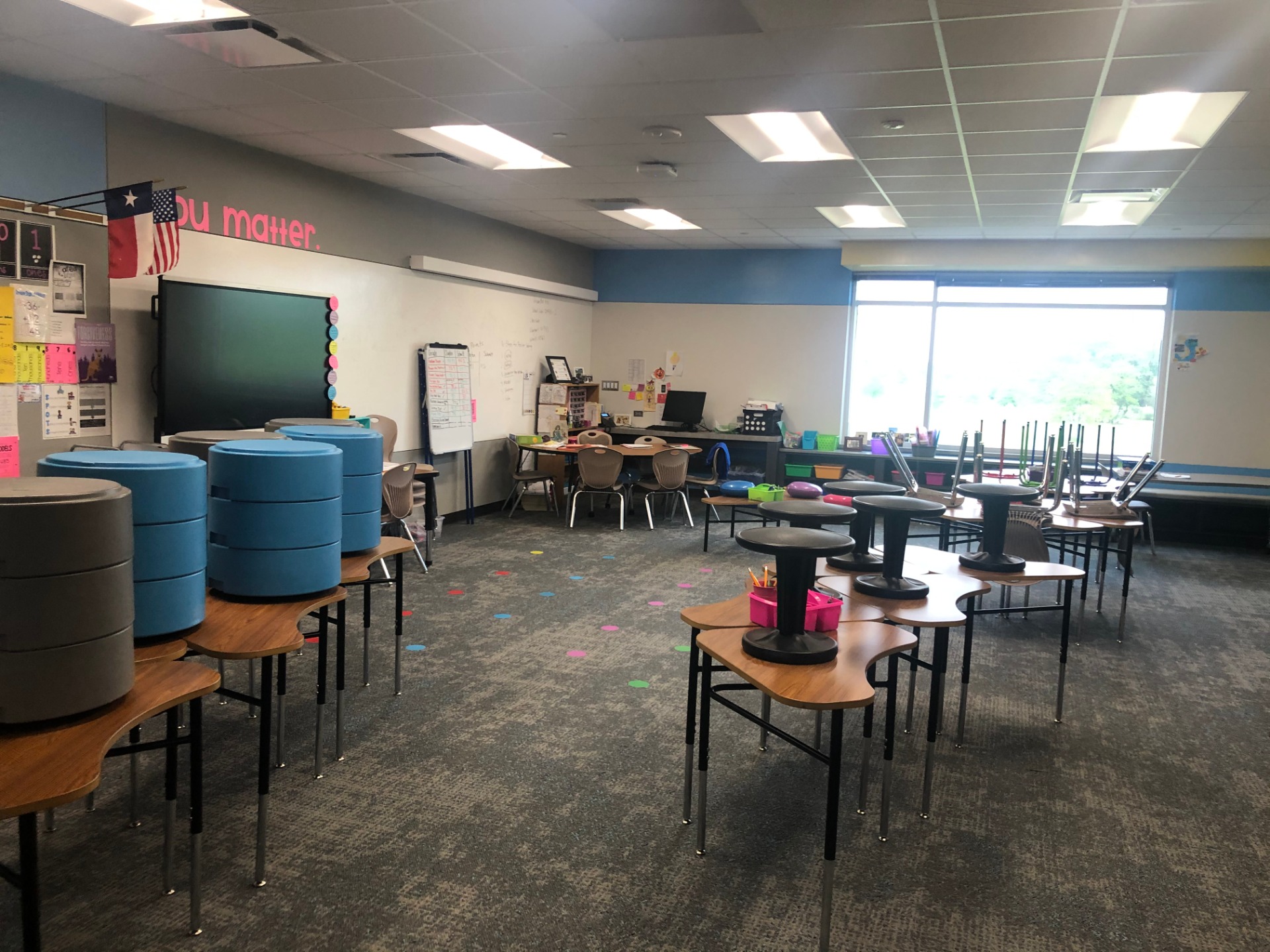Flexible Seating: Why, How, What Comes of It?
One of my biggest learning experiences in my first years of teaching was about flexible seating. After graduating college and setting up my first classroom I wanted to try flexible seating so badly. However, I stopped for one of the biggest reasons most do. Money. I had already spent entirely too much money on all of the supplies needed to build a classroom. I decided maybe in the future and went about my year.
In my second year of teaching I decided to implement one item of flexible seating into my classroom to see if "I could handle it". I added a set of colored stools. I would use the as "Table Captain" and the stool would rotate to the next student each day. The students loved the chance to be the leader and the opportunity to sit on something other than a chair. Towards the end of the year I added a few scoop rockers to my library and saw the level of engagement increase during free reading time.
Entering my third year of teaching I was hooked that I wanted to try this idea out in full force. I bought wobble stools and lap desk from other teachers, I had stools and scoop rockers already, and I bought a cushion for floor seating options. I decided not to start the year with flexible seating at first. I wanted to get the classroom management and back to school items out of the way. I also needed time to learn my students and determine the best way to introduce the seating. I ended up not starting flexible seating till December. I set up each seating and explain the option, how to use it properly, and what my expectation were with flexible seating. My students were so excited to get started. I not only saw results in grades but also in behavior and attitudes.

Here are some of my biggest findings:
- Why flexible seating?? What does the research say-what could some of the benefits be??
Well for starters, this idea must match the teacher and the students. So make it your own, do what best works for you and your students. It does not have to be something over the top and crazy start small and build your classroom to what works for you. The research says there are many benefits to flexible seating! Some include it increases concentration, allows a sense of choice or ownership, increases learning, and when there is movement in the classroom students brains are engaged. It increases the sense of community, communication, collaborations, and sensory inputs.
- Myths: Things you hear that aren't necessarily true.
I have to purchase everything: you can look into grants, Donorschoose.org , or see if the school has left over tables you could lower, donations from family members, or look at thrift stores to fix up a coffee table for ground seating. So be patient with the process not everyone can go out and spend money on all the items they want- I have spent the past 3 year slowly purchasing items from Amazon and other teachers.
Some kids can't "handle it": you're right some need to be taught the skills how to handle the freedom and choice- I use rules to help keep a structure but allow the freedom.
Fire Marshall: Yes, you might not be able to have fabric but there are tons of options that are hard plastic. The picture below is my own classroom where there is absolutely no cloth or fire hazards seating options.

My best advice would be to start small, introduce items one step at a time, have very clear expectations, and know your students will be VERY excited at first so be patient and have fun with it!